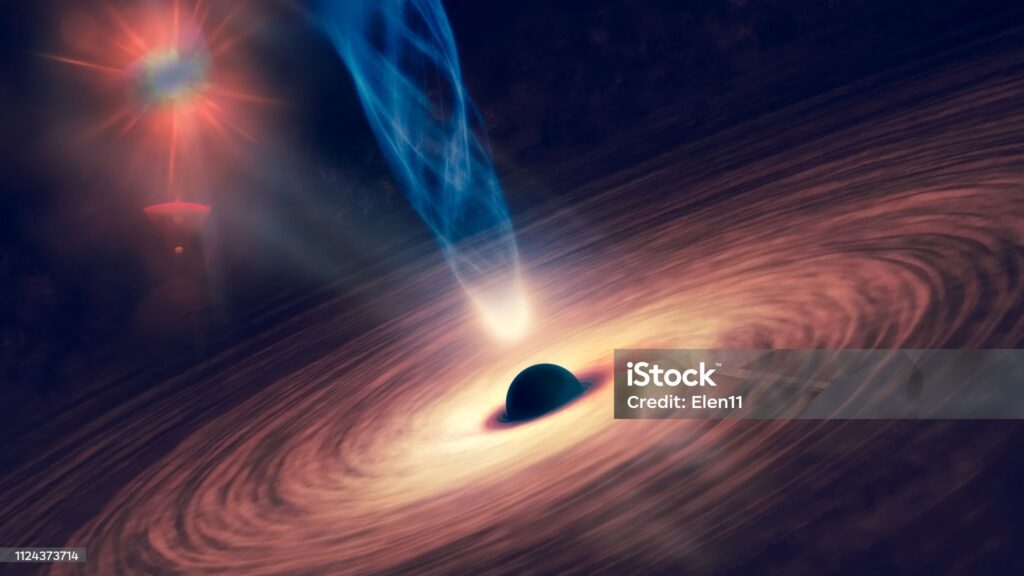Title: Exploring the Mystery of the Milky Way’s Dark Matter Halo
Have you ever wondered about the mysterious substance that holds galaxies together? Well, scientists have been pondering this question for decades, and recent discoveries about the Milky Way’s dark matter halo are shedding new light on this cosmic puzzle.
Back in the 1960s and 1970s, astronomers Vera Rubin and Kent Ford made a groundbreaking observation: the rotation curves of galaxies, including our own Milky Way, were flat. This meant that the orbital velocities of stars didn’t drop off as expected with distance from the galactic center. Instead, they remained constant, hinting at the presence of dark matter haloes enveloping galaxies.
Fast forward to the present day, and scientists are still unraveling the mysteries of dark matter. Recent research, led by Anna-Christina Eilers and her team at MIT, has delved deeper into the outskirts of the Milky Way using data from the Gaia mission and the APOGEE telescope in New Mexico, USA.
Their findings have been nothing short of surprising. Initially, the researchers observed the expected flat rotation curve for stars located up to 80,000 light-years from the galactic center. However, beyond this distance, something unexpected happened: the orbital velocities of stars started to decline.
This decline in velocity suggests that the distribution of dark matter in the Milky Way might be different from what scientists previously thought. Rather than a dense concentration of dark matter at the galactic center, the halo appears to be “cored,” resembling an apple with its center somewhat hollowed out.
So, what’s the next step in unraveling this cosmic mystery? Scientists are turning to high-resolution computer simulations to model different distributions of dark matter within the Milky Way. By comparing these simulations with observational data, they hope to pinpoint the most accurate representation of our galaxy’s dark matter halo.
But the implications of these findings go beyond just the Milky Way. They raise fundamental questions about the nature of dark matter and its role in shaping the universe. Understanding the distribution and behavior of dark matter is essential for refining our understanding of cosmology and the formation of galaxies.
In summary, the recent discoveries about the Milky Way’s dark matter halo have opened up new avenues of research and exploration. They remind us that there is still much to learn about the universe and its hidden mysteries. As scientists continue to probe the depths of space, we can only marvel at the wonders that await discovery.
So, next time you gaze up at the night sky, remember that there’s more to the cosmos than meets the eye. Behind the stars and galaxies lies a vast, invisible realm of dark matter, waiting to be explored. And who knows what secrets it may hold? Only time and further research will tell.
